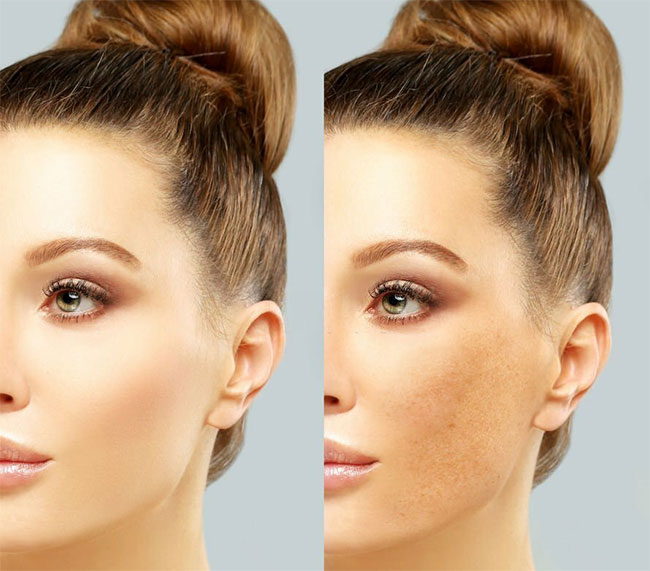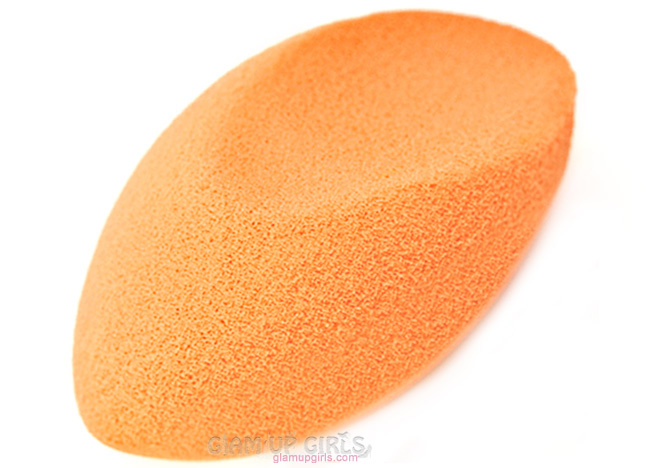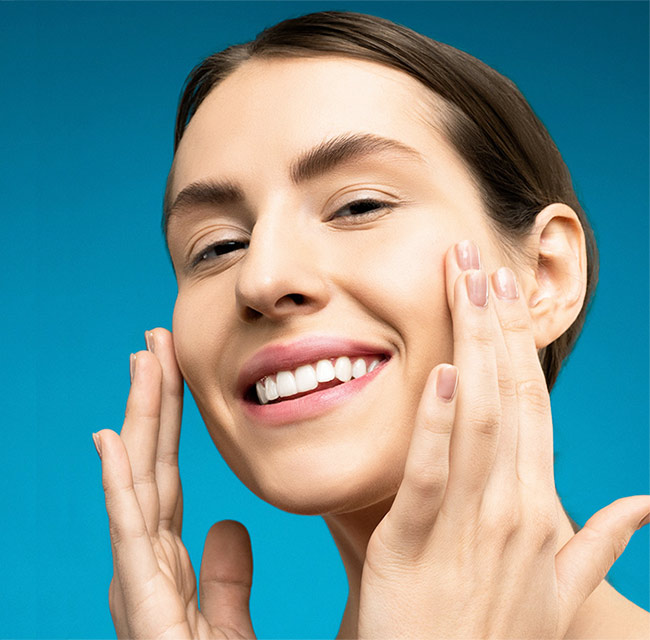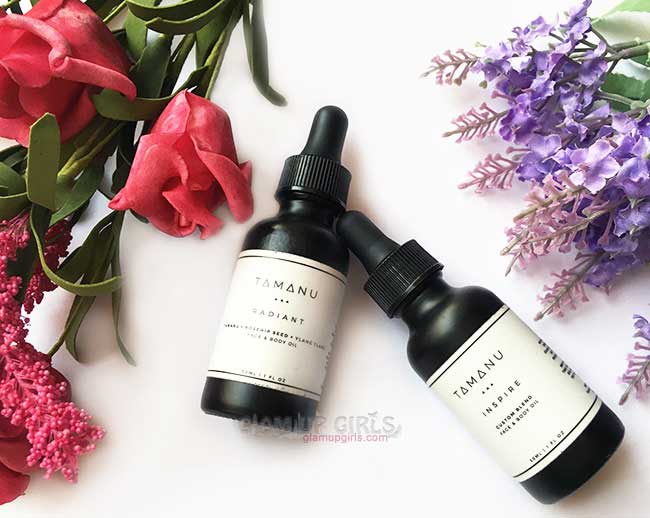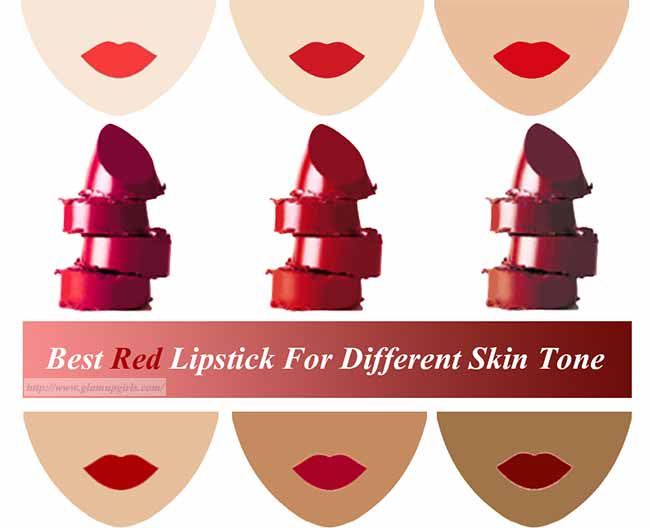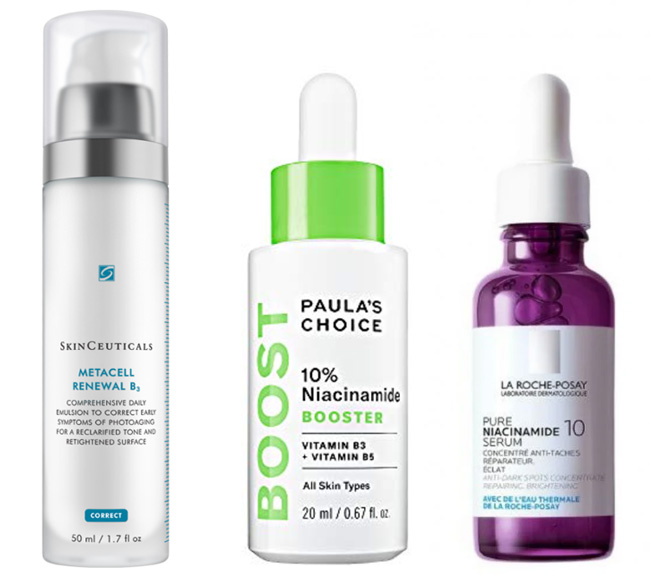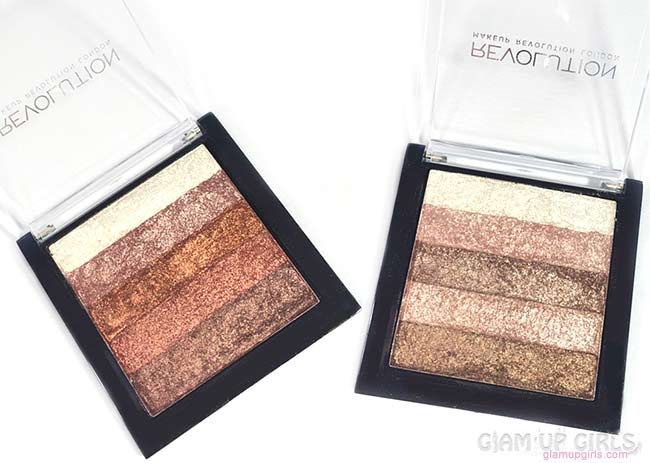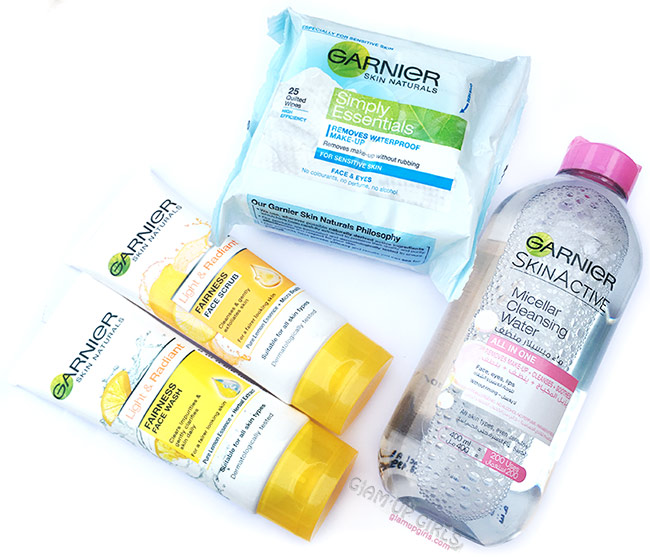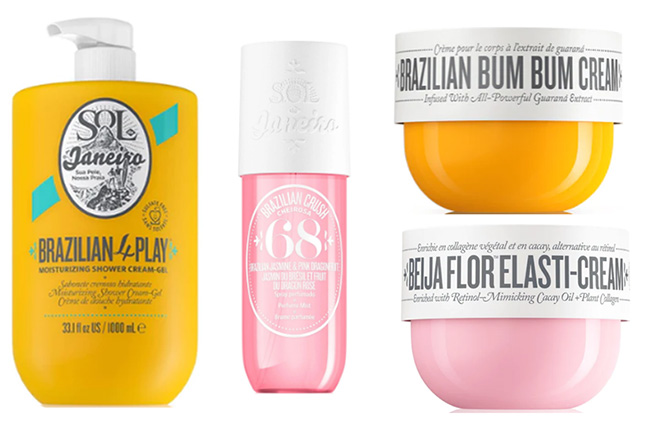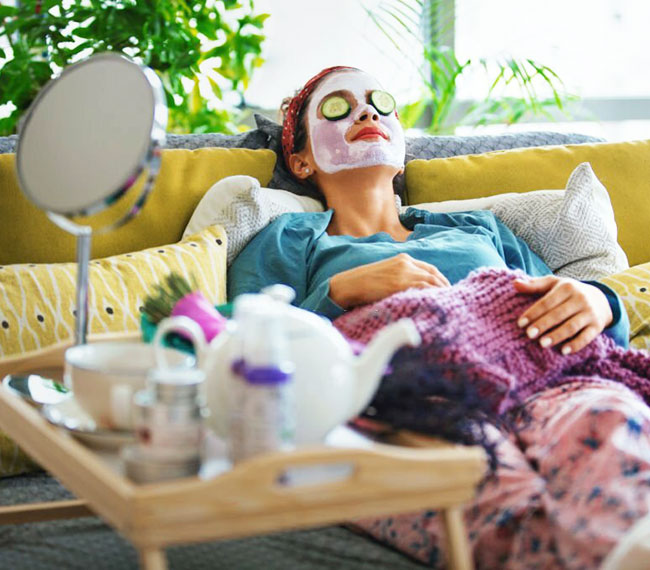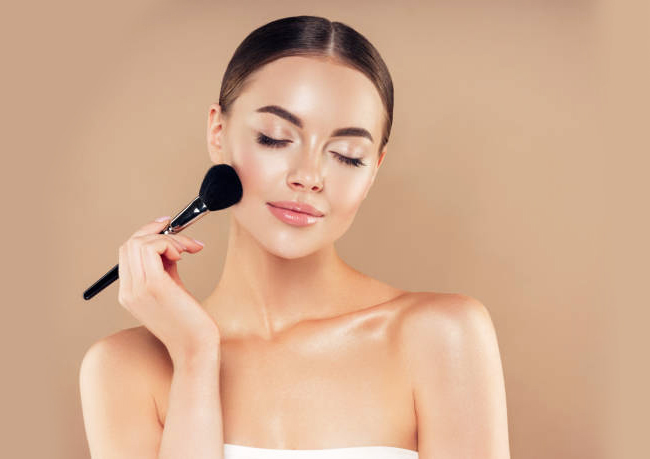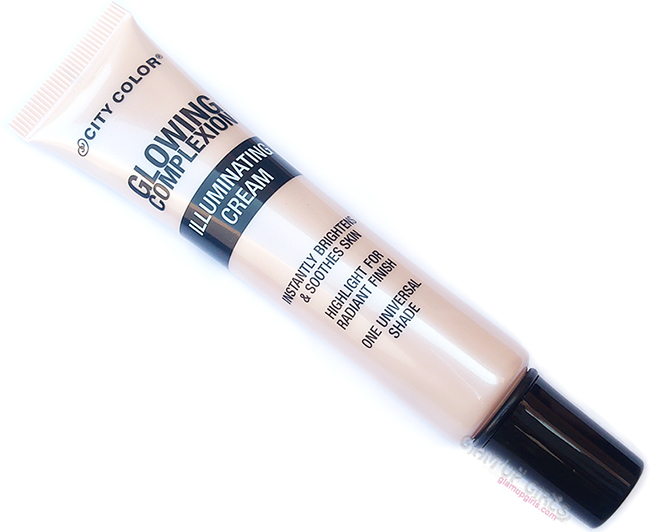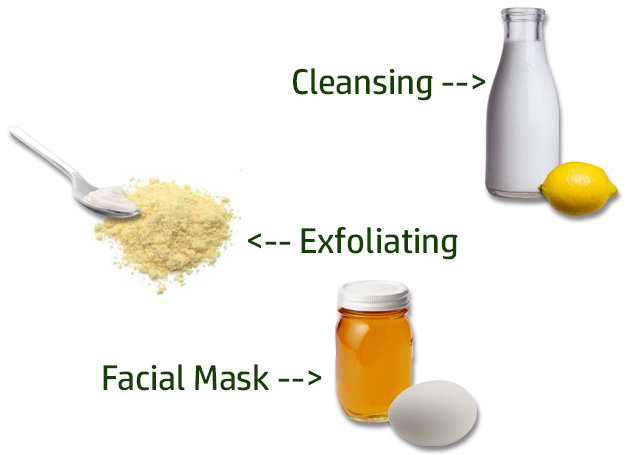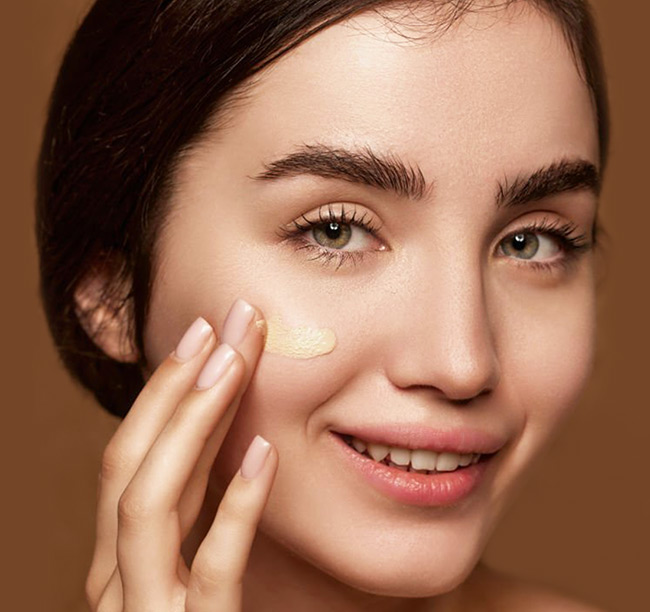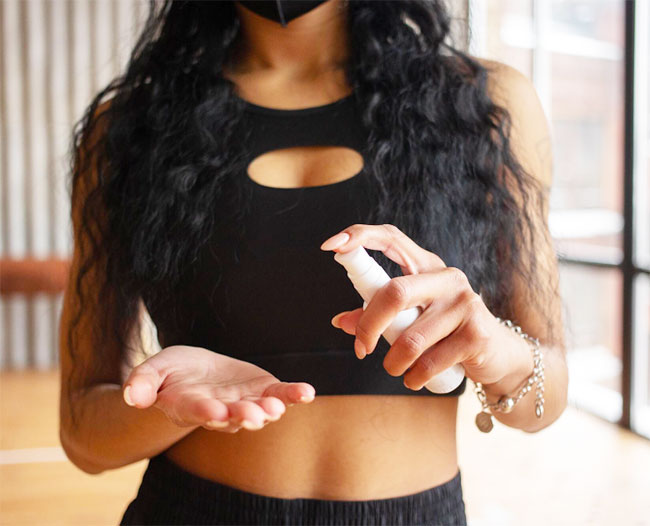These facials are designed not only to combat pigmentation but also to promote overall skin health. Let me tell you some of the benefits of facials for hyperpigmentation, key ingredients, and steps involved in these treatments with which you can get brighter, more even-toned, and radiant skin.
Understanding Hyperpigmentation
Before we delve into facials, let's understand hyperpigmentation. It occurs when melanin, the pigment responsible for skin and hair color, is produced in excess, leading to dark spots or patches. Common types of hyperpigmentation include
- Sunspots (Solar Lentigines): These are the result of sun exposure and appear as flat, dark spots on the skin.
- Melasma: Often triggered by hormonal changes, melasma causes brown or gray-brown patches on the face.
- Post-Inflammatory Hyperpigmentation (PIH): This occurs after skin trauma, such as acne, and leaves dark marks behind.
- Freckles: These are small, concentrated areas of melanin that are typically genetic.
The Benefits of Facials for Hyperpigmentation
- Exfoliation: Facials typically include exfoliation, which helps remove dead skin cells, revealing healthier, brighter skin beneath.
- Evening Skin Tone: Specific ingredients in facials target pigmented areas, helping to fade dark spots and promote even skin tone.
- Collagen Production: Some facials stimulate collagen production, which can improve skin texture and reduce the appearance of pigmentation.
- Relaxation: Facials provide a relaxing experience that can help reduce stress, which may contribute to skin concerns.
Key Ingredients to Look For
- Vitamin C: A potent antioxidant that helps brighten the skin and reduce the appearance of dark spots.
- Alpha Hydroxy Acids (AHAs): AHAs, such as glycolic acid, exfoliate the skin, promoting a more even complexion.
- Niacinamide: This form of vitamin B3 can help fade dark spots and improve the skin's barrier function.
- Licorice Root Extract: Known for its anti-inflammatory and skin-lightening properties, it can help reduce pigmentation.
- Retinol: A derivative of vitamin A, retinol can improve skin texture and reduce the appearance of pigmentation over time.
Steps Involved in a Facial for Hyperpigmentation
- Consultation: A thorough discussion with a skincare professional helps determine your specific skin concerns and the most suitable facial treatment.
- Cleansing: The facial begins with a gentle cleansing to remove makeup, dirt, and impurities.
- Exfoliation: Exfoliation may involve a chemical peel or microdermabrasion to remove dead skin cells.
- Extraction: If necessary, the esthetician may perform extractions to clear clogged pores.
- Mask Application: A mask containing ingredients to target hyperpigmentation is applied to the skin.
- Massage: A relaxing facial massage improves blood circulation and product absorption.
- Serums and Moisturizers: The esthetician will apply serums with key ingredients to target hyperpigmentation and finish with a moisturizer and sunscreen.
Post-Facial Care
After a facial, it's essential to follow a skincare routine that includes sunscreen, gentle cleansing, and the use of products recommended by your skincare professional.
Facials for hyperpigmentation offer a multifaceted approach to achieving brighter, more even-toned skin. These treatments not only address pigmentation but also provide relaxation and self-care, promoting a sense of well-being. By understanding your skin's needs, choosing the right facial, and adhering to a proper post-facial skincare regimen, you can step towards a radiant, confident you.
Consider consulting a skincare professional to determine the best facial for your unique skin concerns and embark on the path to unveiling your skin's natural radiance.

